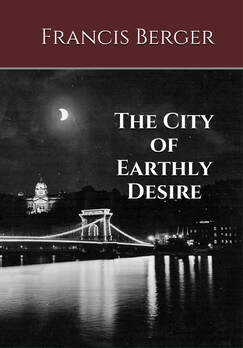As such, metaphysical assumptions cannot be proven through the objective or empirical study of material reality. Instead, they rely on the acceptance of ideas and beliefs as true, albeit without proof.
Empirical science has yet to succeed in proving the existence of the spiritual. At the same time, empirical science cannot disprove the spiritual. Hence, belief in the spiritual exists in the realm of assumptions – in things that are accepted as true without being proven as such at the material level of the senses.
The metaphysics part is the hope that these unproven beliefs are not merely fantastic notions or pipe dreams but reach all the way down to the fundamental nature of reality, thereby explaining or fleshing out aspects of reality that extend beyond the reaches and capacities of empirical study.
An empirical study of the universe can formulate the idea of the Big Bang, but it offers little to explain the overarching purpose or meaning of the Big Bang.
In light of this, all serious metaphysical assumptions require assumption; that is, all individuals holding such assumptions must take them on and shoulder personal responsibility for them.
Metaphysical assumptions cannot be assumed in a “take for granted” sense; they must be assumed in a “taken on” sense -- assuming responsibility -- complete with the willingness to regard them as a personal duty by which one structures, approaches, and lives life.
To know our metaphysical assumptions is to live by them and to live by our metaphysical assumptions is to know them.
Such assumptions require choice, and choice relies on motivation.
An honest appraisal of the motivations behind one’s choices is the first step toward “knowing” the truth of one’s metaphysical assumptions.
Claiming that one has no choice in such matters or that motivation is of little consequence in metaphysics should be taken as signs that inevitably point to the presence of seriously flawed or false metaphysical assumptions, regardless of the supposed authority from which such assumptions arise.
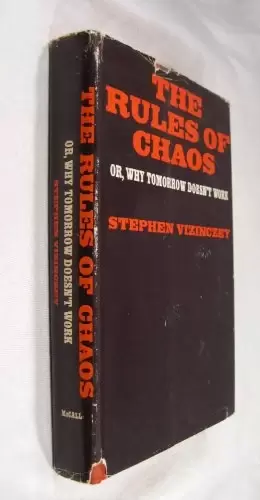
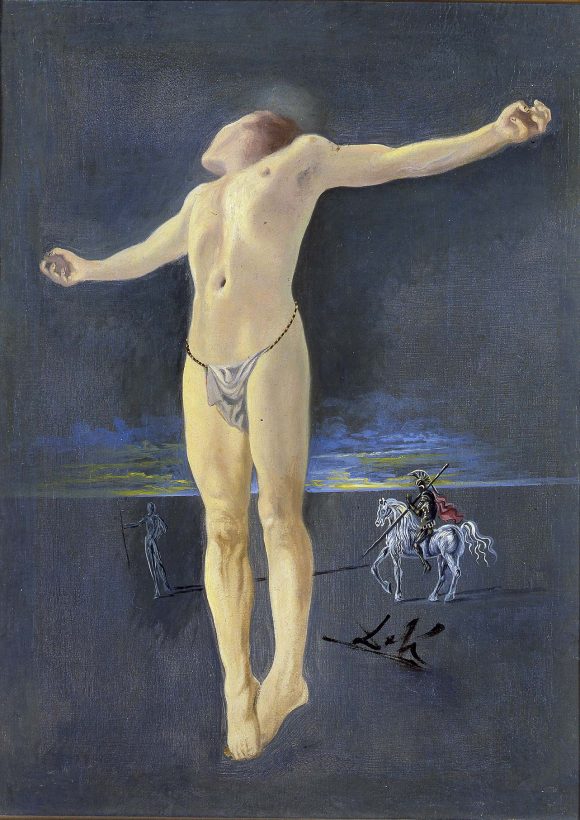
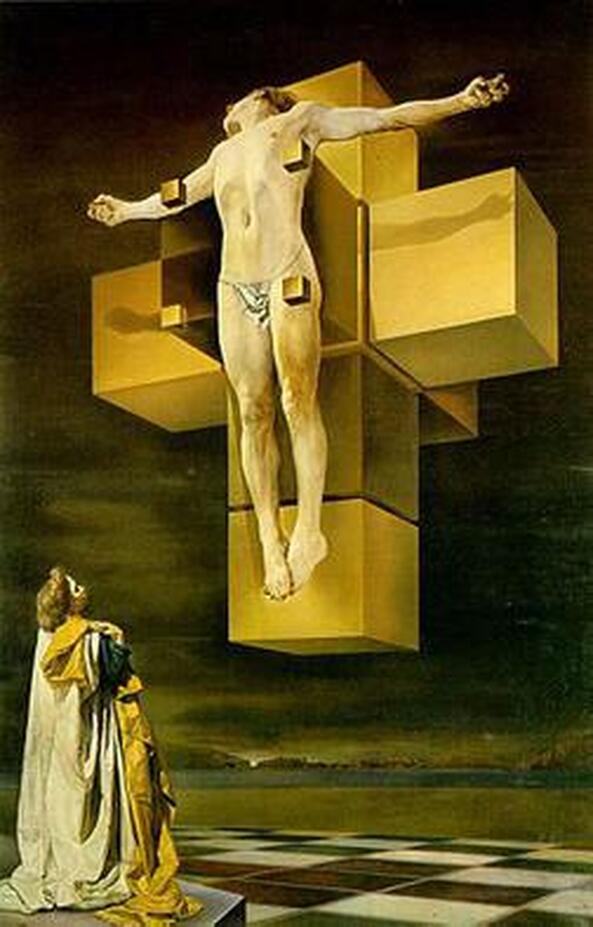
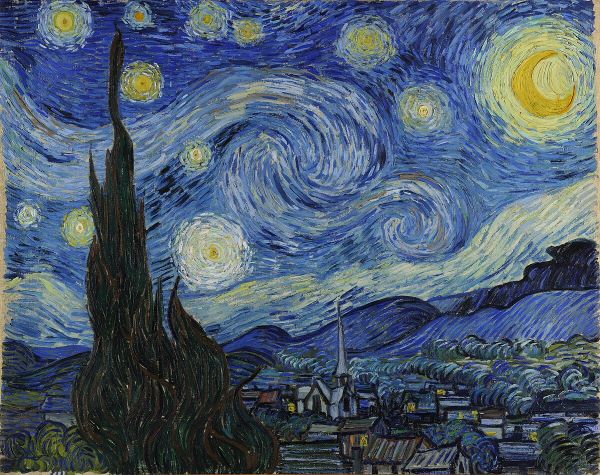
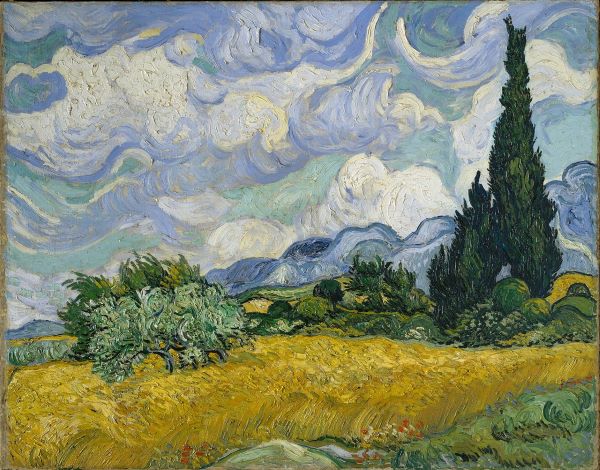
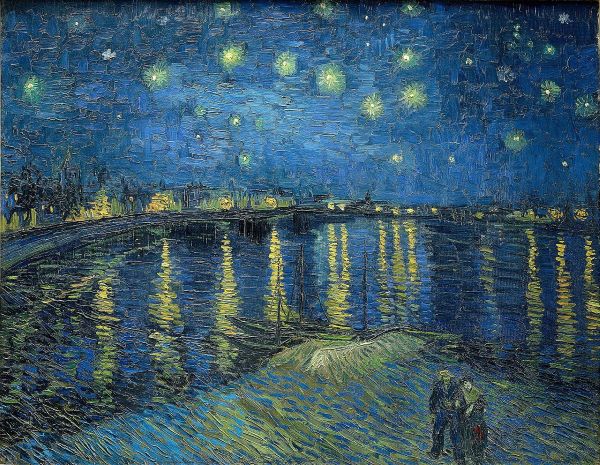
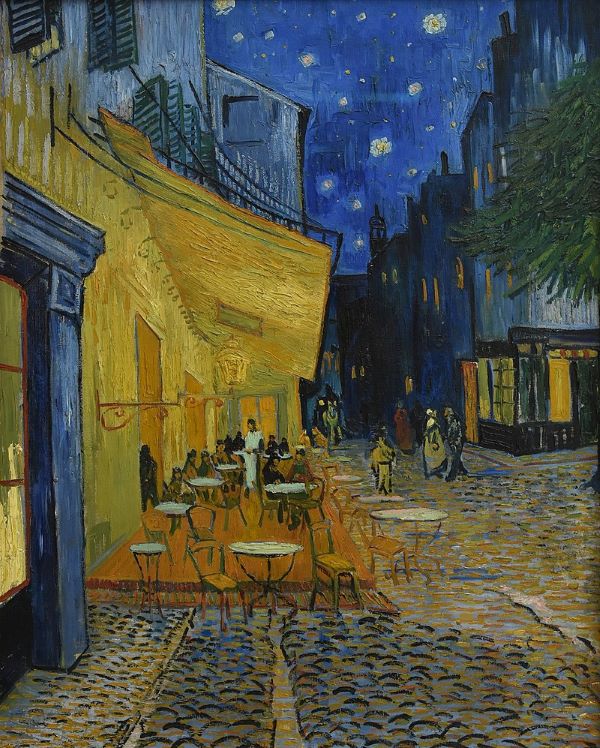
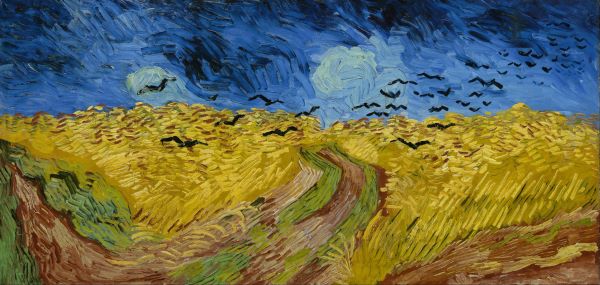
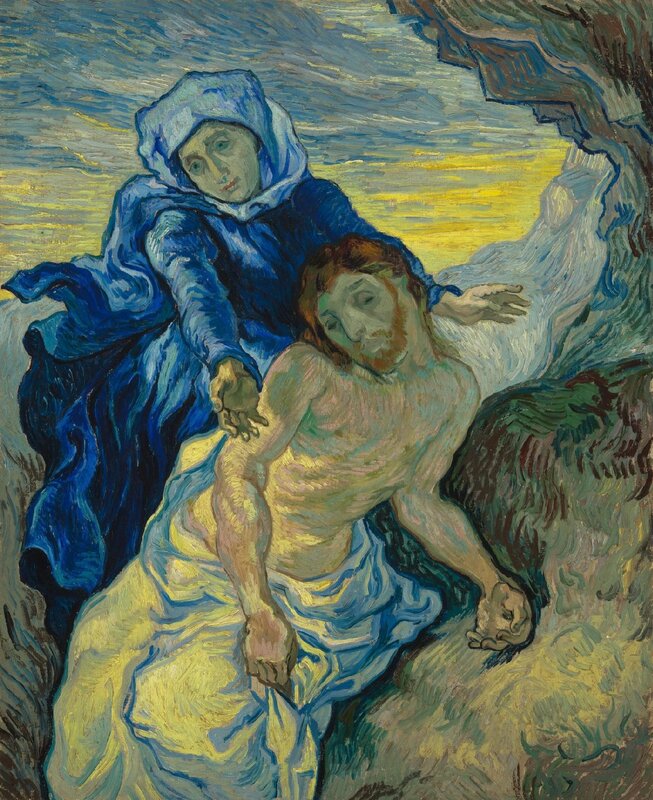

 RSS Feed
RSS Feed
